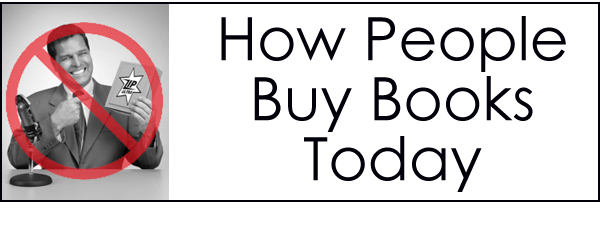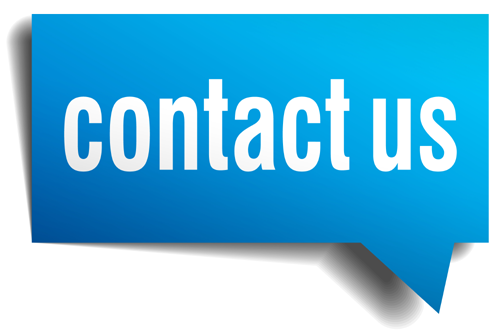
Book Marketing: How People Buy Books Today
I came up with about 20 titles for this blog post. I wanted to write a post about how people buy books today. After considering all kinds, types and style of titles, I decided on ‘How People Buy Books Today.’ No sense in making it harder than it really is.
I believe this is one of the most important topics for authors who hope to sell books. Why? Because most people simply cannot get their heads around how people buy books today. I have a large number of author clients and I have interviewed thousands of others. The subject comes up in nearly every conversation.
So how do we begin to understand how people buy books today? Start by asking the question – ‘How do I buy books today?’
There is the answer.
The answer is most likely that you use the Internet and you most likely use some form of search engine to search. Even if we hear about a book through word of mouth, we still use an Internet search engine of some kind to look it up. And so does nearly everybody else. What is the key point?
The key point is to understand the difference between outbound marketing and inbound marketing. Outbound marketing is finding buyers. Inbound marketing is making it easy for buyers to find you.
Example 1. Imagine your book is in a library. You are at the library. You have two choices. You can:
a. stand outside the library and tell every incoming library patron about your book.
b. put an index card in the index card catalog under the heading where interested people can find your book
Standing outside the library (a) and making a nuisance of yourself is outbound marketing. Filing that index card (b) where interested readers will find it is inbound marketing.
CLICK HERE to get a free, no-obligation marketing and publicity assessment that will show you how to get in front of your target audience
Example 2. You have a book for sale. You can:
a. run a newspaper ad, or
b. run a Yellow Pages listing.
Running a newspaper ad (a) is outbound marketing. Running a Yellow Pages listing (b) is inbound marketing.
In both (a) examples above, you are trying to find buyers. In both (b) examples above, you are helping buyers to find you. In both outbound (a) examples above, people will likely run away from you, be annoyed or at the very least ignore you. Nobody likes to be told and nobody likes to be sold.
In both inbound (b) examples above, people will respond favorably because they have ALREADY DECIDED what they want. Now they are looking for the best option. If a person is looking for a particular type of book in the index card catalog, they are highly motivated to read it. If a person is looking under a specific heading in the Yellow Pages, they are highly motivated to take action. This is why outbound marketing (a) produces such low results and it is also why inbound marketing, (b) produces much better results.
The Internet is an inbound marketing environment. Search engines serve as the ‘index card catalog’ for what is out there. Search engines are the modern day equivalent of the Yellow Pages. If you use outbound strategies in an inbound environment, you will likely not get good results, if any at all. Outbound strategies don’t work well in an inbound environment.
Outbound, “yell-tell-and-sell” advertising strategies are not likely to produce good results. Chasing buyers will only end in frustration. The key today is not to endlessly chase buyers who have never given a buying signal. The key today is to be found by those who have already made, or are in the process of making, a buying decision.
